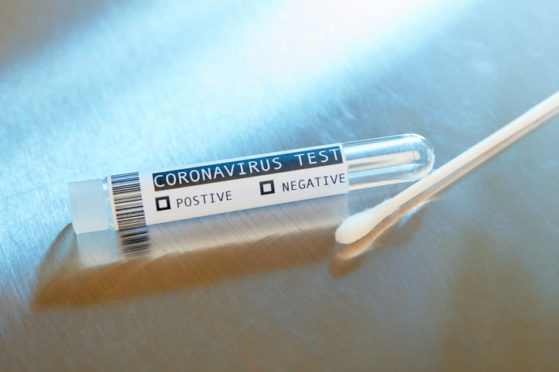Does the new Omicron variant threaten a fifth wave of COVID-19 in the United States?
It’s still too early to tell. Yet the variant, first identified in South Africa, quickly created global alarm in the past week with a stock sell-off, travel restrictions and a rush to develop new vaccines. It hasn’t been found in the United States, but its arrival appears unavoidable.
“We’ve practiced medicine in our state with a focus on safety and preventing loss of life and suffering,” says Dr. Ajay Kumar, Hartford HealthCare’s Chief Clinical Officer. “We are going to get through this. It’s not time to panic. It’s time for us to be aware.”
Why Is it Likely That Omicron Is More Transmissible Than Delta?
Omicron alarmed scientists immediately because of its 32 mutations in the spike protein, which vaccines encourage our immune system to target. Preliminary analysis of Omicron infections suggest it could be six times more transmissible than Delta. Delta, the dominant strain of COVID-19, was twice as transmissible as previous strains.
“We’re still learning a lot about this new variant,” says Keith Grant, APRN, Hartford HealthCare’s Senior Director of Infection Prevention, “but if there is to be a concern, it is the spike protein having that much mutation.”
Delta had several spike protein mutations that were more efficient than previous strains at latching on to its host. It had two mutations in its receptor binding domain, where the virus first contacts and eventually binds to the body’s cells. Omicron has 10 receptor binding domain mutations.
“Omicron has an unprecedented number of spike mutations, some of which are concerning for their potential impact on the trajectory of the pandemic,” the World Health Organization said in a tweet. “If another major surge of COVID-19 takes place driven by Omicron, consequences may be severe.”
What Is a Variant of Concern?
The WHO designates a COVID-19 strain as a variant of concern only if it’s more transmissible, more virulent or more difficult to effectively contain through public health and social measures. Previous strains could take months before receiving this designation. Omicron, first identified as B.1.1.529, became a variant of concern Friday after only about two weeks.
“It is definitely a variant of concern,” says Dr. Ulysses Wu, Hartford HealthCare’s System Director of Infection Disease and Chief Epidemiologist, “and it is something that we are certainly watching. But we should not panic. We have to remember there is a variant out there right now that is really doing a number on us. And that variant is Delta.”
What Are Omicron’s Symptoms?
Symptoms appear to be milder than previous variants, according to initial reports from South Africa. The first patients reported extreme fatigue, body aches and pains, headache, a scratchy but sore throat. Unlike previous strains, a cough and loss of sense of smell were not among the symptoms.
“Probably a likely increase transmissibility,” says Dr. Wu, “but the symptoms preliminarily seem more mild and appearing in younger people. So even though it’s maybe more transmissible, which may lead inevitably to more infection and possibly more deaths, the infectivity seems to be more mild at this point.”
A PCR test is likely still the most efficient, and quickest, way to identify the new variant.
Will Current COVID-19 Vaccines Work Against Omicron?
It’s too early, with insufficient data, to assess the effectiveness of the Pfizer-BioNTech, Moderna or Johnson & Johnson vaccines against Omicron. But some of Omicron’s mutations have been identified as those that help the virus resist antibodies and avoid detection by the body’s immune system. Can existing vaccines produce enough neutralizing antibodies to reject the new variant?
“There haven’t been many cases of Omicron,” says Dr. Wu, “so I will keep reiterating the mantra that any vaccination, regardless, is going to help to a certain extent. Even if it ends up being 30 percent or 10 percent effective against Omicron. Right now, any vaccination that you have, or any booster — akin to a flu shot — will provide some modicum of protection.”
How Soon Might We See an Omicron Vaccine?
Because the genomic sequence has become available so quickly, messenger RNA technology should allow Pfizer-BioNTech and Moderna to adapt their vaccines within six weeks and begin distribution within 100 days.
The technology, used for the first time in a vaccine, teaches human cells to produce an otherwise harmless portion of a spike protein found on the surface of SARS-CoV-2, the virus that causes COVID-19. It generates immunity when the cells produce the protein identifiable by your body’s immune system.
“The beauty of the mRNA technology is that it actually allows for very quick adaptation,” says Dr. Wu.





